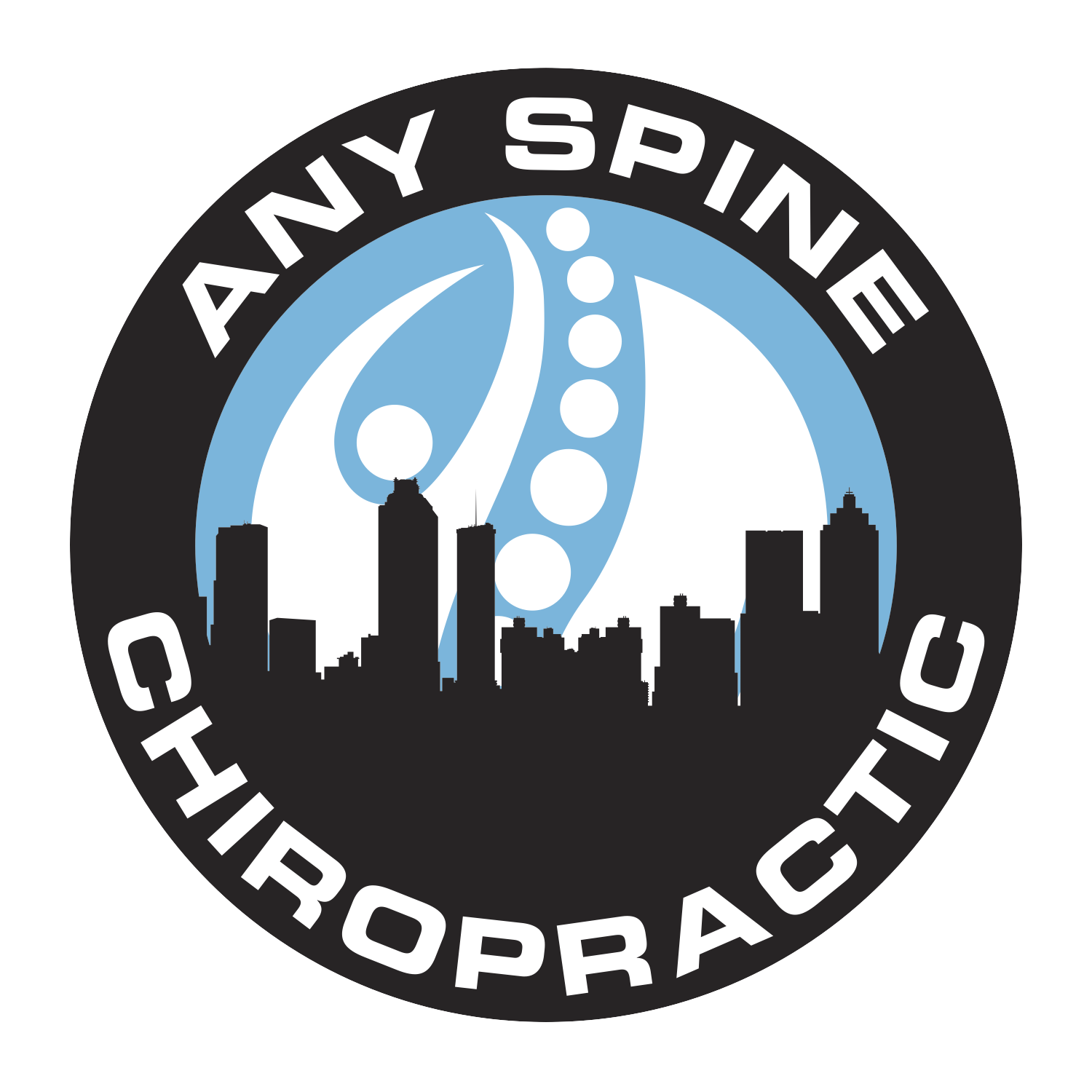Chiropractic Care for Thoracic Outlet Syndrome
Chiropractic Care for Thoracic Outlet Syndrome
Understanding Thoracic Outlet Syndrome
Thoracic outlet syndrome (TOS) is a condition that occurs when the nerves or blood vessels between the collarbone and the first rib are compressed. This compression can lead to symptoms such as pain in the neck and shoulder, numbness or tingling in the arms and hands, and weakness. TOS can be caused by repetitive motions, poor posture, or anatomical anomalies, but spinal subluxations—misalignments in the spine—can also contribute to this nerve compression. At Any Spine Chiropractic & Massage Studio, I focus on correcting these subluxations to help alleviate the symptoms of thoracic outlet syndrome and restore proper nerve and muscle function.
The Link Between Thoracic Outlet Syndrome and Spinal Subluxation
Spinal subluxations in the cervical or upper thoracic spine can lead to muscle imbalances, poor posture, and increased pressure on the nerves that travel through the thoracic outlet. Misalignments in these regions can irritate the nerves and muscles, causing them to tighten or spasm, which further exacerbates the compression of the thoracic outlet. By addressing these spinal misalignments, chiropractic care can help reduce nerve irritation, improve posture, and relieve the symptoms of thoracic outlet syndrome.
How Chiropractic Care Can Help with Thoracic Outlet Syndrome
Chiropractic care offers a natural, non-invasive approach to managing thoracic outlet syndrome by focusing on spinal alignment, reducing nerve compression, and improving muscle function. Here’s how chiropractic care can help:
1. Spinal Adjustments to Reduce Nerve Compression
The foundation of chiropractic care is spinal adjustments. By correcting misalignments in the cervical and upper thoracic spine, chiropractic adjustments help relieve pressure on the nerves that pass through the thoracic outlet. Proper spinal alignment ensures that the nervous system can function without interference, which is crucial for reducing symptoms such as pain, numbness, and tingling in the arms and hands.
With consistent chiropractic care, many patients experience reduced nerve compression and an improvement in symptoms, allowing them to perform daily activities more comfortably.
2. Reducing Muscle Tension and Improving Flexibility
Muscle tension in the neck, shoulders, and chest can contribute to the compression of the thoracic outlet. Chiropractic care includes soft tissue therapy, such as trigger point therapy and myofascial release, to help release tight muscles and improve flexibility. By addressing muscle tightness and restoring balance, chiropractic care helps create more space within the thoracic outlet, reducing nerve compression.
Proper muscle flexibility is essential for preventing future episodes of thoracic outlet syndrome and maintaining overall shoulder and arm function.
3. Correcting Posture-Related Issues
Poor posture is a major contributor to thoracic outlet syndrome, as slouching or rounding the shoulders can place extra strain on the nerves and blood vessels in the thoracic outlet. Chiropractic care includes not only adjustments to correct spinal subluxations but also posture correction strategies to help prevent further issues. I provide ergonomic advice and exercises to improve posture, helping to reduce the likelihood of nerve compression and associated symptoms.
Improving posture is a key component of managing thoracic outlet syndrome and promoting long-term relief.
4. Strengthening Muscles to Support Proper Alignment
In addition to spinal adjustments, chiropractic care includes personalized exercises to help strengthen the muscles that support the shoulders and neck. Strengthening these muscles helps stabilize the thoracic outlet and reduce the risk of further nerve compression. At Any Spine Chiropractic & Massage Studio, I work with patients to develop an individualized exercise plan that supports proper alignment and helps prevent recurrence.
By strengthening the muscles that support the thoracic outlet, chiropractic care helps reduce symptoms and improve overall function.
Benefits of Chiropractic Care for Thoracic Outlet Syndrome
Chiropractic care offers several benefits for individuals dealing with thoracic outlet syndrome, including:
- Non-Invasive Relief: Chiropractic care provides a natural, drug-free approach to managing thoracic outlet syndrome without the risks of medications or surgery.
- Addressing the Root Cause: By correcting spinal subluxations, chiropractic care targets the underlying issues that contribute to nerve compression, providing long-term relief.
- Improved Muscle and Joint Function: Chiropractic adjustments and soft tissue therapies help restore proper alignment and muscle balance, reducing symptoms.
- Enhanced Posture: Chiropractic care includes posture correction strategies to help prevent future episodes of thoracic outlet syndrome and support overall health.
What to Expect from Chiropractic Care for Thoracic Outlet Syndrome
At Any Spine Chiropractic & Massage Studio, I begin with a thorough assessment of your spine, posture, and muscle function to determine the underlying cause of your thoracic outlet syndrome. Based on this evaluation, I will develop a personalized treatment plan that includes spinal adjustments, soft tissue therapy, and exercises to help relieve your symptoms and improve your quality of life.
With consistent chiropractic care, you can expect to experience reduced pain, improved mobility, and better overall function, allowing you to return to your daily activities with greater comfort and confidence.
Take the First Step Toward Relieving Thoracic Outlet Syndrome
If you’re struggling with thoracic outlet syndrome and looking for a natural, effective solution, chiropractic care may be the answer. Contact Any Spine Chiropractic & Massage Studio today to schedule your appointment. Let’s work together to address the root cause of your symptoms and help you find lasting relief.


